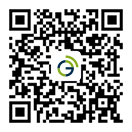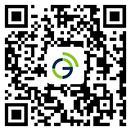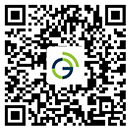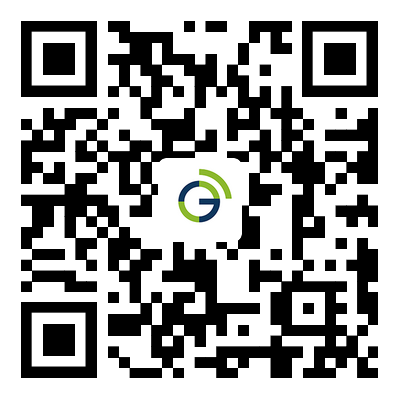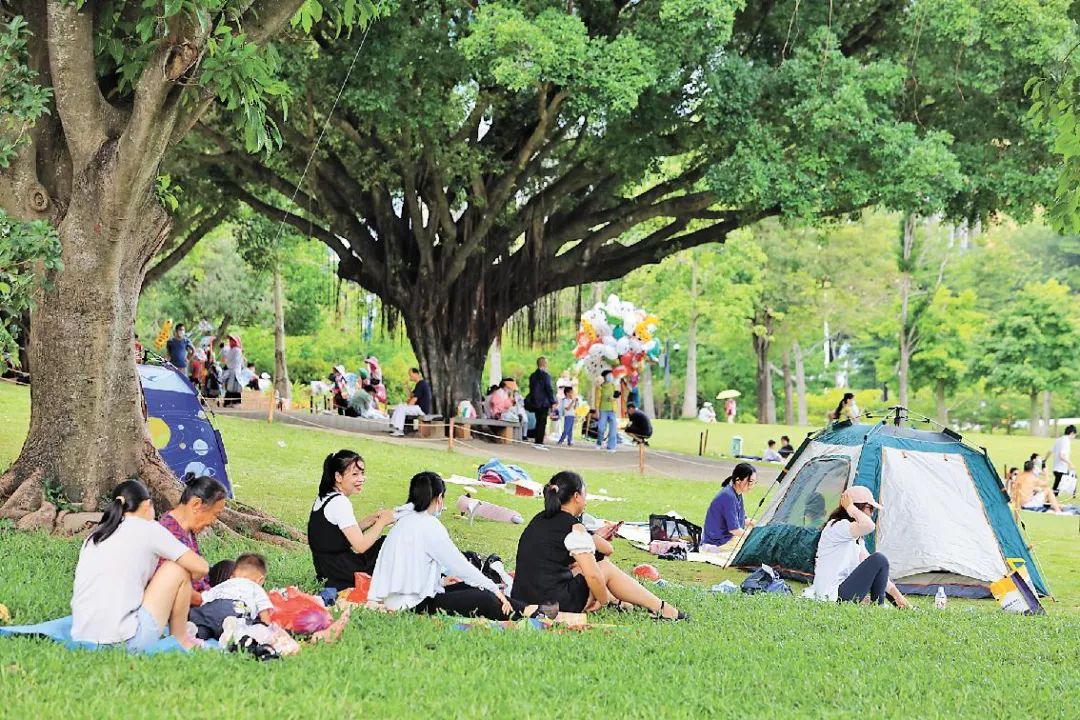
Visitors relax on a weekend afternoon at Lianhua Hill Park. (Photo: Shenzhen Evening News)
A resident had a harrowing encounter with a 1-meter-long cobra during a walk at Shenzhen Lianhua Hill Park in the Futian CBD during the May Day holiday.
The man, surnamed Liu, told Shenzhen Evening News that a cobra suddenly emerged from the bushes, reared up, and assumed an aggressive posture. Fortunately, he managed to dodge the snake and escape unscathed.
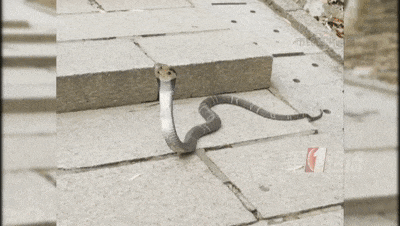
A cobra raises its hood in a defensive posture on a walkway at Lianhua Hill Park in Futian District during the May Day holiday. Park authorities have warned visitors to be cautious as snake activity increases during the warmer months. Courtesy of SZTV
According to park management, the peak season for snake activity occurs between April and November. Park authorities have implemented several measures to address this issue, such as spraying snake-repellent sulfur powder in key areas every two weeks, increasing the frequency of security patrols, and having professionals capture and relocate snakes.
Trimeresurus stejnegeri, commonly known as the bamboo viper, is said to be the most common venomous snake in the city. Other venomous snakes seen in Shenzhen include the banded krait, many-banded krait (Bungarus multicinctus), and cobra.
What to do if bitten:
If a citizen is bitten by a snake while visiting the park, they should immediately call the management office at 8306-7950 or call out for nearby staff members.
When a snake bite does occur, checking the shape of the bite can help determine whether the snake was venomous. Bites with one or two prominent, deep puncture marks or slashes are a sign that the snake may be venomous. Non-venomous snakes tend to leave a U-shaped series of small punctures or scratches that may look like pinpricks or small lacerations.
In the case of suspected venomous bites, doctors with the Shenzhen Emergency Medical Center recommend repeatedly flushing the wound with clean water to reduce residual snake venom, if conditions permit. It is worth noting that people are advised not to use their mouth to suck venom from the bite.
Those who receive snake bites should keep calm and avoid running in order to slow down the spread of venom in the body. Accessories such as rings, bracelets, or watches should be removed in case of swelling. A strip of cloth or rope can be used to tie a tourniquet at the upper end of an affected limb to slow the spread of venom.
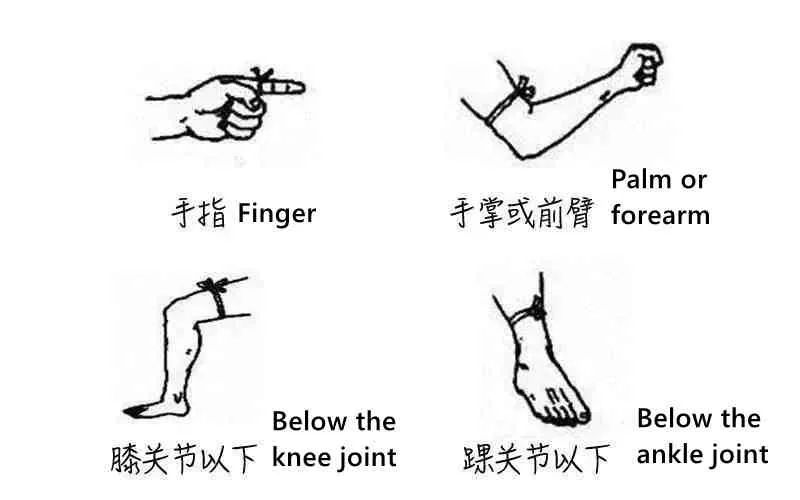
An illustration indicates the proper placement of a tourniquet following a venomous snakebite. Doctors recommend applying the tourniquet at the upper end of the affected limb to help slow the spread of venom. (Photo: WeChat account "深圳特区报")
The most important thing to do after getting bitten by a snake is to get to a hospital as soon as possible. Taking a photo of the bite and the snake, if possible, will help doctors provide effective treatment.
Tip: A total of 11 hospitals in the city have antivenom to treat venomous snake bites.
Guangming District
The Seventh Affiliated Hospital of Sun Yat-sen University in Guangming District (光明区中山大学附属第七医院)
Futian District
The Shenzhen Traditional Chinese Medicine Hospital in Futian District (福田区深圳市中医院)
The University of Hong Kong-Shenzhen Hospital in Futian District (福田区香港大学深圳医院)
Bao'an District
Shenzhen Bao’an Traditional Chinese Medicine Hospital in Bao'an District (深圳市宝安区中医院)
Pingshan District
Shenzhen Pingle Orthopedic Hospital in Pingshan District (深圳平乐骨伤科医院(坪山区中医院)总院区)
Dapeng
The Kuichong People's Hospital in Dapeng New Area (深圳市大鹏新区葵涌人民医院)
Nanshan District
Shenzhen University General Hospital in Nanshan District (深圳大学总医院)
Luohu District
Shenzhen Luohu Hospital of Traditional Chinese Medicine (深圳市罗湖区中医院)
Yantian District
Shenzhen Yantian District People's Hospital (Group) (深圳市盐田区人民医院(集团))
Longgang District
Shenzhen Hospital, Beijing University of Traditional Chinese Medicine in Longgang District (北京中医药大学深圳医院(龙岗))
Longhua District
Shenzhen Longhua District People's Hospital (深圳市龙华区人民医院)



